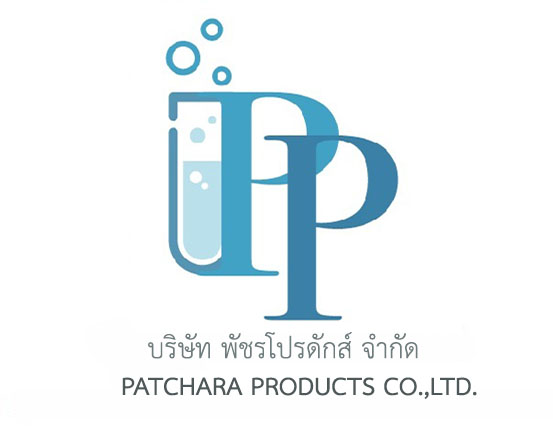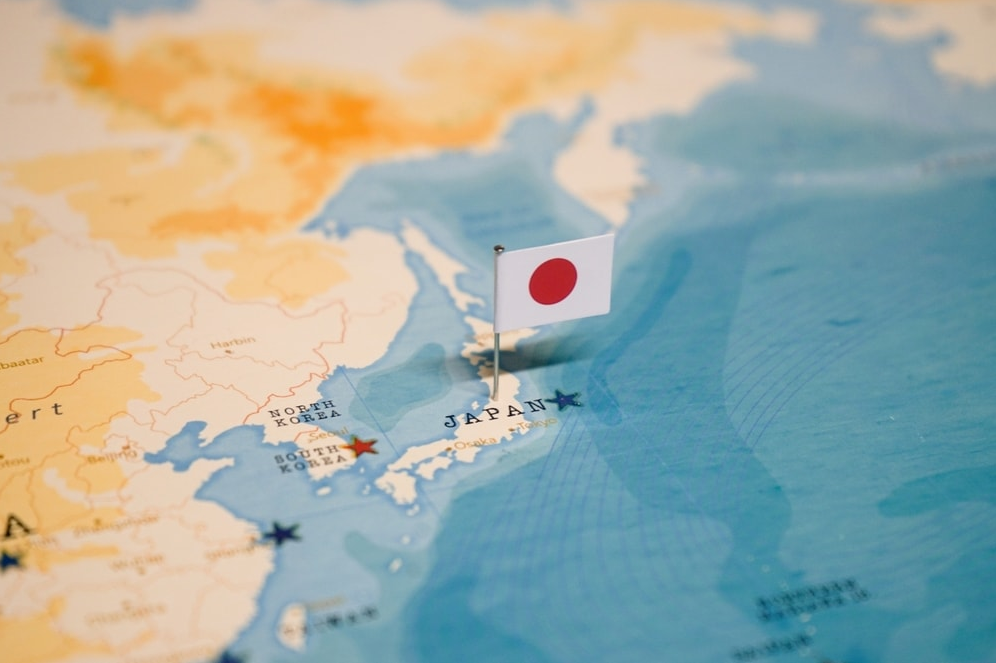The Department of International Trade Promotion (DITP) surveyed the Japanese market for nursing food for the elderly and found continued growth to meet the needs of the elderly, including those with underlying medical conditions, children, and the disabled. The department pointed to Thailand as a target for production and export planning, and studied growth trends to inform production and sales plans for these products in Thailand.
Ms. Sunantha Kangwalakulkij, Director-General of the Department of International Trade Promotion (DITP), Ministry of Commerce, revealed that the department has instructed commercial attaches stationed in various countries to explore trade opportunities and export opportunities for Thai products to their countries of residence, in line with the policies of Mr. Chatuporn Buruspat, Minister of Commerce. Mr. Chantapat Panjamanont, Director of the Office of International Trade Promotion in Tokyo, Japan, recently reported on the survey of the nursing food market for the elderly and the export opportunities for this product group to meet the growing demand. The survey also included studying market growth trends and adapting them to accommodate Thailand’s aging society in the future.
The commercial attach reported that over the past decade, demand for nursing food has changed significantly due to labor shortages in hospitals and other facilities. Therefore, attention has focused on processed foods to ensure they are safe and nutritious. Furthermore, the food is in high demand for those with chewing difficulties. Or specialty foods for patients with chronic diseases, children and the disabled, causing the market to grow further. Currently, the nursing food market is worth approximately 120 billion yen.
The Japan Care Food Conference has compiled statistics on the production of UDF (Universal Design Food) in 2024. The production volume was 72,000 tons, an increase of 5.2%, with a value of 56,336 million yen, an increase of 10.0%. UDF is divided into 4 types, from easy to chew to no chewing. There is also a nursing food development competition. As of June 2025, there were 148 applicants and 36 products received awards, such as powdered texture modifiers that inhibit liquid separation from gel or semi-solid over time, reducing mouthfeel and preventing nutrient loss along with the dripping of liquid in food. And oils that are popularly used in health foods, just add them to porridge or soup to increase energy, especially for those who need energy quickly.
Ms. Sunantha said that from monitoring, it was found that most nursing foods are currently Japanese brands and there are no imported brands from abroad. However, there are several brands of nursing food already produced in Thailand, such as Maruha Nichiro’s UDF cooked frozen fish, a “new soft material” that retains the same taste and smell. Products from Yamadai Co., Ltd. have been certified by the Japanese Ministry of Agriculture, Forestry and Fisheries as food for elderly care. Frozen chicken and vegetables are also imported from Thailand, and many Thai foods used in nursing homes present an export opportunity for Thailand if detailed requirements such as removing fish bones and softening the meat can be meet.
Furthermore, Japan’s elderly population, who remain strong and healthy, are increasingly interested in foreign cuisine beyond traditional Japanese. Many nursing homes are striving to delight their elderly with food, such as offering international cuisine. If Thai exporters can develop Thai food for the elderly, they will have export opportunities. Meanwhile, Thailand is entering an aging era, with 22.0% of the population aged 60 and over by 2022. Awareness of research, development, and trends in nursing food in Japan allows Thai manufacturers to gain a deeper understanding of future processed food demand and inform production and distribution plans.
Read more at: https://mgronline.com/business/detail/9680000073740

